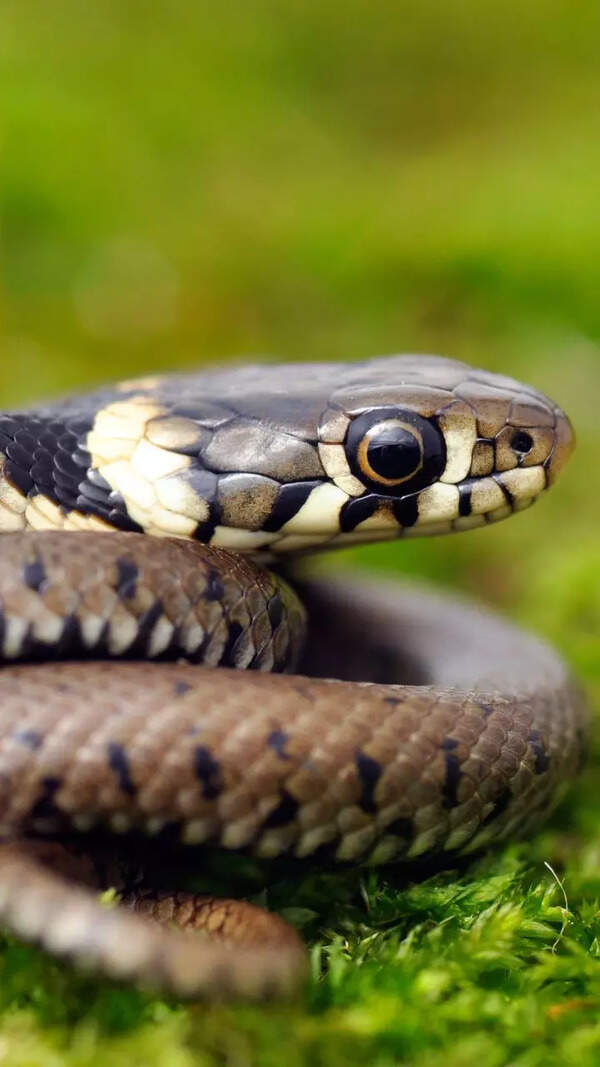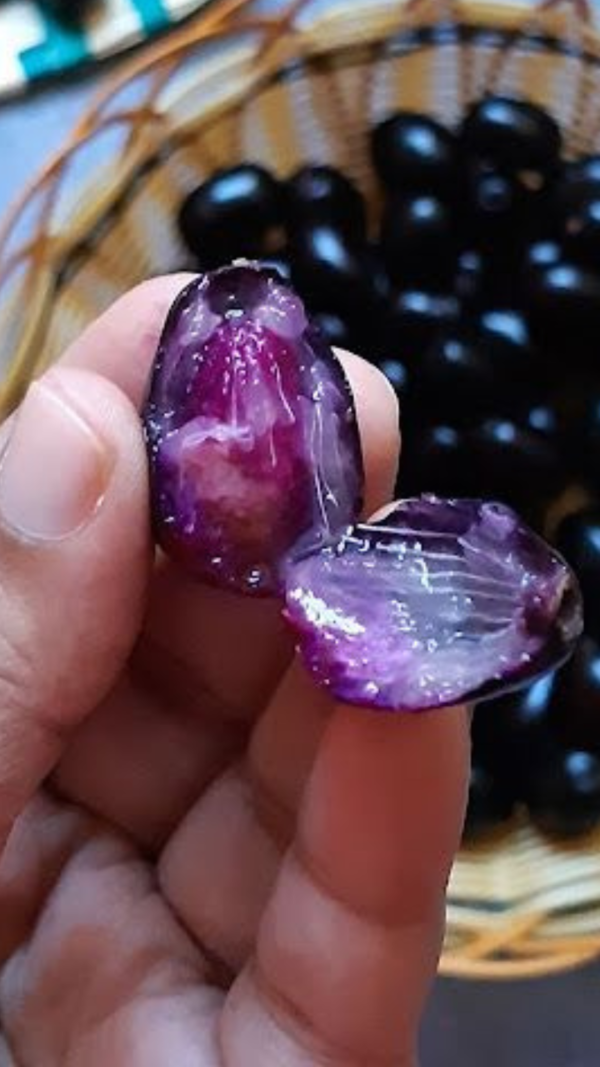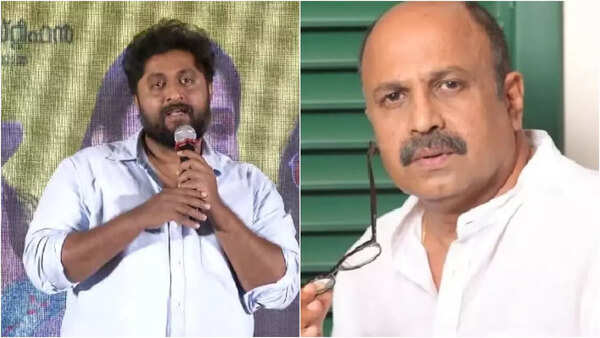- News
- lifestyle
- health-fitness
- health-news
- 7 foods we should avoid to keep high blood pressure under control
7 foods we should avoid to keep high blood pressure under control

Foods do more harm to the body if not consumed in the right way
Most of us blame stress for everything – from hair fall to heart problems. And sure, stress does mess up a lot of things. But if you’ve got high blood pressure (aka hypertension), stress is just one piece of the puzzle. What you’re eating every single day matters way more than we think. Your plate could be doing more damage to your arteries. So, if you’re serious about keeping that blood pressure monitor happy (and staying off pills for as long as possible), here’s a list of sneaky food items you need to stay away from.

Salt
We all know this one. But the tricky part? Salt hides in almost everything—even in stuff that doesn’t taste salty. Salt contains sodium, and too much of it causes your body to hold onto extra water. That extra water raises your blood pressure and makes your heart work overtime. Over the years, this can damage your blood vessels, kidneys, and even your brain. Switch to rock salt or pink Himalayan salt in small amounts, and use more herbs like jeera, coriander, garlic, ginger, and lemon juice to flavour your food.

Processed meats
If you're munching on sausages, salami, bacon, ham, or canned meat, thinking it's protein—well, technically it is, but it’s also salt, preservatives, and saturated fat wrapped in a protein disguise. Processed meats are usually loaded with sodium and nitrates, both of which push your blood pressure up. Plus, the saturated fats in them clog arteries over time, putting extra pressure on your heart. Go for home-cooked grilled chicken, paneer tikka (minus the salt overload), or boiled egg whites.

Pickles
Pickles may be the soul of our meals—especially in Indian homes—but sadly, they’re one of the biggest sodium bombs on your thali. A small spoon of pickle can contain up to 300 mg of sodium. That’s already 15% of your daily limit. Have more than a spoon or two, and you're in the danger zone. Homemade pickles are no better unless you’ve made them with zero added salt, which is rare. Try making sun-dried tomato chutney or fresh mint-coriander chutney without adding too much salt. Also, lemon juice or amchur (dry mango powder) works great to bring in that tang.

Instant noodles
Sure, they’re easy, cheap, and comforting. But these are basically salt, starch, and additives in a bowl. These are ultra-processed foods. That means they’ve got high sodium, little nutrition, and usually some form of MSG or preservatives. All of which contribute to blood pressure issues. That masala packet? It’s where the majority of the sodium is. The noodles themselves are just empty carbs. If you’re craving noodles, boil whole wheat noodles or soba noodles with veggies and make a light broth at home using low-sodium soy sauce and ginger.

Bakery products
You’d be surprised how much salt hides in bread, buns, biscuits, and even cakes. Not only does it spike blood sugar (which messes with blood pressure indirectly), but the sodium content adds to the pressure directly. Go for whole grain or multigrain bread, and check labels for sodium content. Better yet, bake your own using oats, bananas, and natural sweeteners.

Packaged juice
Most people worry about sugar and diabetes when it comes to soft drinks. But guess what? These drinks also mess with your blood pressure. High sugar intake leads to weight gain, insulin resistance, and inflammation. All of these increase your blood pressure. Some sodas even have sodium benzoate—a preservative that directly adds to your salt intake. Packaged juices—even if they say “no added sugar”—are often concentrated and stripped of fibre. They can still spike blood sugar and mess with BP.

Fried foods
From pakoras and samosas to bhujia and chakli, Indian fried snacks are too tempting—but terrible for your blood vessels. Fried foods are usually made with refined oil, reused oil, or trans fats—all of which clog your arteries, increase inflammation, and raise both blood pressure and cholesterol. Also, salt is generously added to both the batter and the final snack. Deep-frying in old oil is a recipe for high BP. Use an air fryer or bake your snacks with minimal oil. Roasted chana, makhana, or a handful of nuts can satisfy that crunch craving without harming your heart.

What should you eat instead?
It’s not all bad news! Here’s what your BP-friendly plate should look like:
Leafy greens like spinach, methi, and amaranthFruits like banana, pomegranate, orange, and guavaWhole grains – brown rice, millets, oatsNuts and seeds – especially flaxseeds, pumpkin seeds, and walnutsLow-fat dairy – like toned milk, curd, or paneerPotassium-rich foods – coconut water, bananas, sweet potatoesGarlic and beetroot – both known to help lower BP naturally
The idea is to become aware of what you’re putting into your body and make smarter swaps. You can still enjoy food—it just needs to work with your heart, not against it.

Why is it important to control blood pressure?
It's crucial to control blood pressure because consistently elevated levels put excessive strain on your arteries and heart, leading to a cascade of serious health problems. Uncontrolled high blood pressure can damage blood vessels, making them less elastic and prone to narrowing or blockage, significantly increasing the risk of heart attack, stroke, heart failure, and aneurysm. It can also harm vital organs like the kidneys, potentially leading to kidney disease and failure, and damage the blood vessels in the eyes, causing vision loss.








